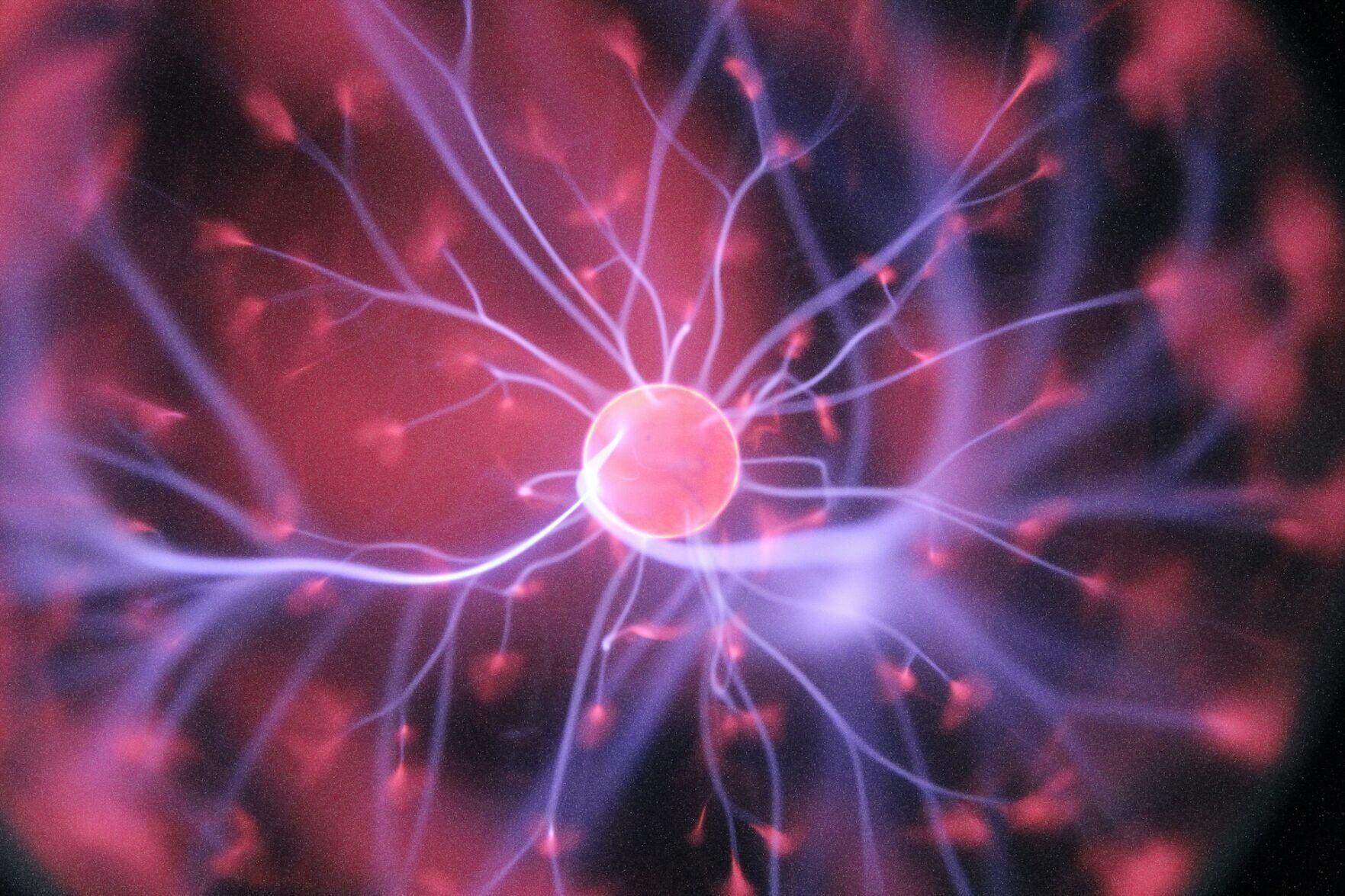Learn about brain health and nootropics to boost brain function
Shocking discovery that electric jolts to the brain may help us learn

Hal Gatewood By James Gamble via SWNS
Electrical shocks to the brain could halve the amount of time it takes us to learn something complicated, a new study reveals.
Doctors operating robotic surgery tools that they had first learned to use in virtual reality performed better whilst receiving shocks to their brains than those who didn’t.
The fascinating research suggests stimulation to certain parts of the brain could help healthcare professionals take the skills they learn in virtual reality (VR) conditions into real operating rooms.
The American research team behind the study even suggested we could all soon be receiving shocks to the brain to halve the time it takes to learn something.
The study, published in the journal Nature Scientific Reports , offers evidence of the potential benefits there could be to brain stimulation in the medical sphere.
Participants in the study, from Johns Hopkins University in Baltimore, were tasked with driving a surgical needle through three small holes.
They first completed the task in a virtual simulation, and then in a real-life scenario using the da Vinci Research Kit – an open-source research robot. A study participant undergoing noninvasive brain stimulation sits at the surgical robot console using virtual reality simulations of needle-driving exercises. (Guido Caccianiga/Johns Hopkins University via SWNS) These exercises mimicked the intricate moves performed by doctors in surgical procedures on organs in the belly.
Whilst performing their task, the participants – none of whom were trained in either surgery or robotics – each received a subtle flow of electricity through small pads placed on their scalps, meant to stimulate an area of the brain called the cerebellum.
Half of the participants received steady flows of electricity throughout the test, whilst the other half received a brief stimulation only at the beginning and nothing at all for the rest of the tests.
The researchers discovered that those who received steady currents throughout the test demonstrated a notable boost in dexterity and performance. Ex // Top Stories
‘I feel like I can relax:’ Lake Merced RV dwellers soak in last-minute reprieve People living in recreational vehicles on Winston Drive originally would’ve had to move Dec. 19, if not for a last-minute extension last week It’s not just The City: US homelessness highest since ’07 It’s not just San Francisco. San Francisco leaders tout rise in drug busts amid record overdoses Police have arrested twice as many alleged drug dealers in the Tenderloin and SoMa in 2023 as last year, according to city officials
“The group that didn’t receive stimulation struggled a bit more to apply the skills they learned in virtual reality to the actual robot, especially the most complex moves involving quick motions,” said Guido Caccianiga, a former Johns Hopkins roboticist and current PhD candidate at the Max Planck Institute for Intelligent Systems.
“The groups that received brain stimulation were better at those tasks.”
Non-invasive brain stimulation can be used to influence specific parts of the brain from outside the body.
Scientists have already shown the benefits of such stimulation in areas such as motor learning in rehabilitation therapy.
But with their current work, the Johns Hopkins team is taking the research to a new level in testing how brain stimulation can help surgeons gain skills they may need in serious, real-world situations. (Photo by cotton bro studio via Pexels) Roboticist Jeremy Brown, an Associate Professor of Mechanical Engineering at Johns Hopkins, explained: “Training in virtual reality is not the same as training in a real setting, and we’ve shown with previous research that it can be difficult to transfer a skill learned in a simulation into the real world.
“It’s very hard to claim statistical exactness, but we concluded people in the study were able to transfer skills from virtual reality to the real world much more easily when they had this stimulation.”
Study co-author Gabriela Cantarero, a former assistant professor of physical medicine and rehabilitation at Johns Hopkins, added: “It was really cool that we were actually able to influence behavior using this setup, where we could really quantify every little aspect of people’s movements, deviations, and errors.”
Robotic surgery systems can provide significant benefits for clinicians by enhancing human skills and helping surgeons to minimize hand tremors and perform precise tasks with enhanced vision.
Besides influencing how surgeons of the future might learn new skills, this type of brain stimulation could also hold implications in other industries relying on VR training.
The researchers suggest that even outside of VR training, brain stimulation could help us to improve our ability to learn in general.
“What if we could show that with brain stimulation you can learn new skills in half the time?” Mr Caccianiga asked.
“That’s a huge margin on the costs because you’d be training people faster; you could save a lot of resources to train more surgeons or engineers who will deal with these technologies frequently in the future.”
Read more at www.sfexaminer.com